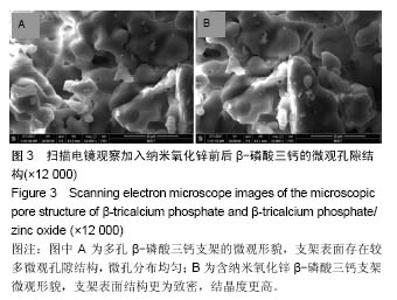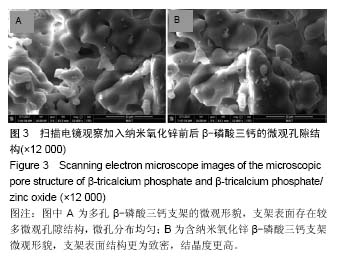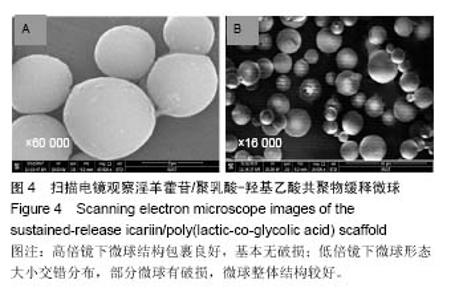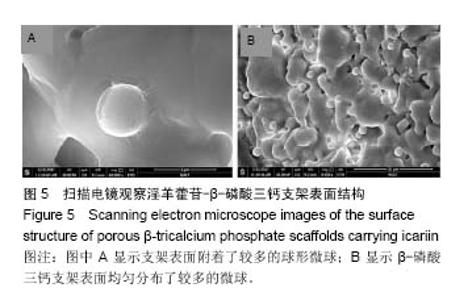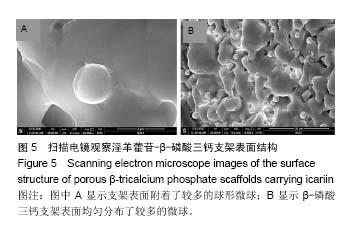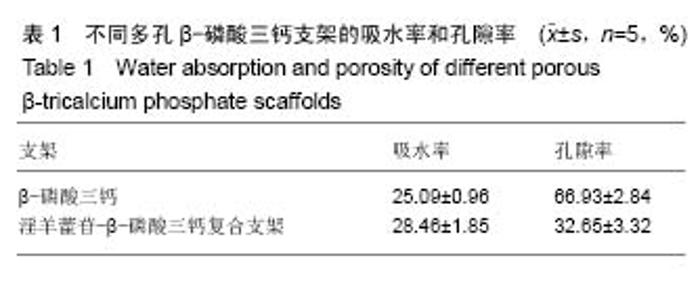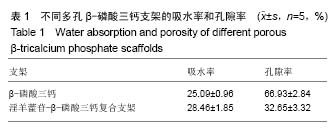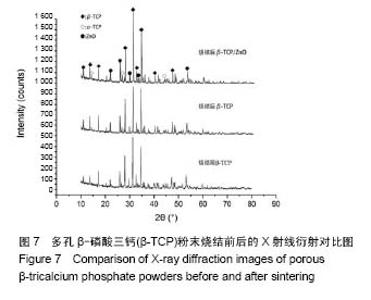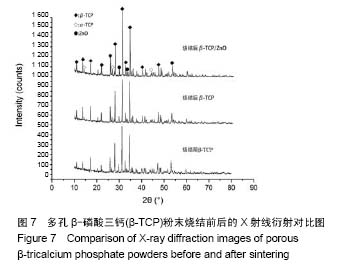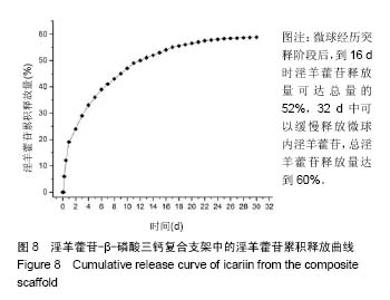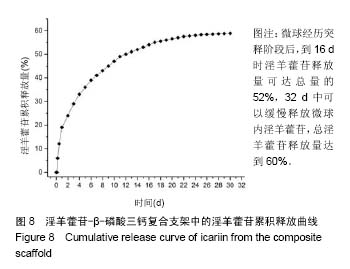| [1]Olsson M.Chemical stability of grain boundariesin β-tricalcium phosphate ceramics : β-TCP as bone substitute material.Department of Chemistry-Ångström,2012:41.[2]Tagil M.Bone Substitutes, Grafts and Cement.Springer Berlin Heidelberg, 2014:233-239.[3]Bohner M,Galea L,Doebelin N.Calcium phosphate bone graft substitutes: Failures and hopes.J Eur Ceram Soc.2012;32(11):2663-2671.[4]周健,戴克戎,汤亭亭.复合骨髓间充质干细胞生物陶瓷修复兔松质骨缺损[J].临床骨科杂志,2003,6(2):97-102. [5]Fukushima W,Yamamoto T,Takahashi S,et al.The effect of alcohol intake and the use of oral corticosteroids on the risk of idiopathic osteonecrosis of the femoral head: a case-control study in Japan. Bone Joint J.2013;95-B(3):320-325.[6]Guo P,Gao F,Wang Y,et al.The use of anticoagulants for prevention and treatment of osteonecrosis of the femoral head: A systematic review. Medicine(Baltimore).2017;96:e6646.[7]Villa JC,Husain S,van der List JP,et al.Treatment of Pre-Collapse Stages of Osteonecrosis of the Femoral Head: a Systematic Review of Randomized Control Trials.HSS J.2016;12:261-271.[8]Liu Y,Su X,Zhou S,et al.A modified porous tantalum implant technique for osteonecrosis of the femoral head: survivorship analysis and prognostic factors for radiographic progression and conversion to total hip arthroplasty.Int J Clin Exp Med.2015;8(2):1918-1930.[9]徐晓良,同志勤,王坤正,等.bBMP/胶原/珊瑚复合人工骨修复股骨头骨缺损的实验研究[J].骨与关节损伤杂志, 2000,15(3):209-211.[10]赵振德.人工骨联合骨髓间充质干细胞修复兔股骨头坏死[J].中国组织工程研究,2012,18(38):7057-7062.[11]刘晓燕.淫羊藿苷体内处置及代谢动力学研究[D].山东大学,2009.[12]郭海玲,赵咏芳,王翔,等.淫羊藿苷对人成骨细胞增殖及OPG蛋白表达的实验研究[J].中国骨伤,2011,24(7):585-588.[13]Lee JY,Son SJ,Son JS,et al.Bone-Healing Capacity of PCL/PLGA /Duck Beak Scaffold in Critical Bone Defects in a Rabbit Model.Biomed Res Int.2016;2016:2136215.[14]缪丹丹,张超,孙洪范.淫羊藿苷纳米粒的制备及其对人成骨细胞的影响[J].国际生物医学工程杂志,2015,38(5):282-286,305.[15]Arahira T,Todo M.Variation of mechanical behavior of beta-TCP/collagen two phase composite scaffold with mesenchymal stem cell in vitro.J Mech Behav Biomed Mater.2016;61:464-474.[16]Feng P,Wei P,Shuai C,et al.Characterization of mechanical and biological properties of 3-D scaffolds reinforced with zinc oxide for bone tissue engineering.PLoS One. 2014;9(1):e87755.[17]宋鹏,王鸣刚,姚娟,等.淫羊藿苷对rBMSCs成骨和成脂分化的影响[J].中国实验方剂学杂志,2012,18(20):200-204.[18]Mao XY,Bian Q,Shen ZY.Analysis of the osteogenetic effects exerted on mesenchymal stem cell strain C3H10T1/2 by icariin via MAPK signaling pathway in vitro.Zhong Xi Yi Jie He Xue Bao.2012;10(11):1272-1278.[19]翟远坤,李志忠,陈克明,等.淫羊藿苷对体外培养乳鼠颅骨成骨细胞增殖、分化及成熟的影响[J].中药材,2011,34(6):917-922.[20]陈毅平,陈双英,陈文财,等.淫羊藿苷的稳定性及其影响因素[J].中国实验方剂学杂志,2014,20(5):78-81.[21]Maruotti N,Corrado A,Neve A.Bisphosphonates:effects on osteoblast. Eur J Clin Pharmacol.2012;68(7):1013-1018.[22]Tanaka T,Komaki H,Chazono M,et al.Basic research and clinical application of beta-tricalcium phosphate (beta-TCP). Morphologie. 2017;101(334):164-172.[23]Barber FA,Spenciner DB,Bhattacharyya S,et al.Biocomposite Implants Composed of Poly(Lactide-co-Glycolide)/ β-Tricalcium Phosphate: Systematic Review of Imaging, Complication, and Performance Outcomes. Arthroscopy. 2017;33(3):683-689.[24]Santos CFL,Silva AP,Lopes L,et al.Design and production of sintered β-tricalcium phosphate 3D scaffolds for bone tissue regeneration. Mater Sci Eng C.2012;32(5):1293-1298.[25]张永光,王志强.骨移植替代材料研究进展[J].中国修复重建外科杂志, 2008,22(10):1264-1268.[26]Bandyopadhyay A,Withey EA,Moore J,et al.Influence of ZnO doping in calcium phosphate ceramics.Mater Sci Eng C.2007;27(1):14-17.[27]连芩,庄佩,李常海,等. 3-D打印双管道聚乳酸/β-/-磷酸三钙生物陶瓷复合材料支架的力学性能研究[J]. 中国修复重建外科杂志,2014,28(3):309-313.[28]朱晓峰,张荣华,孙升云,等.淫羊藿苷通过雌激素受体和p38MAPK信号诱导MC3T3-E1Subclone14细胞的分化[J].中国老年学杂志,2012,32(5):957-960.[29]马小妮,葛宝丰,陈克明,等.淫羊藿苷通过OPG/RANKL信号途径调节骨吸收的机理研究[J].中国骨质疏松杂志,2013,19(1):1-5.[30]Xie X,Pei F,Wang H,et al.Icariin: A promising osteoinductive compound for repairing bone defect and osteonecrosis.J Biomater Appl.2015;30(3):290. |
